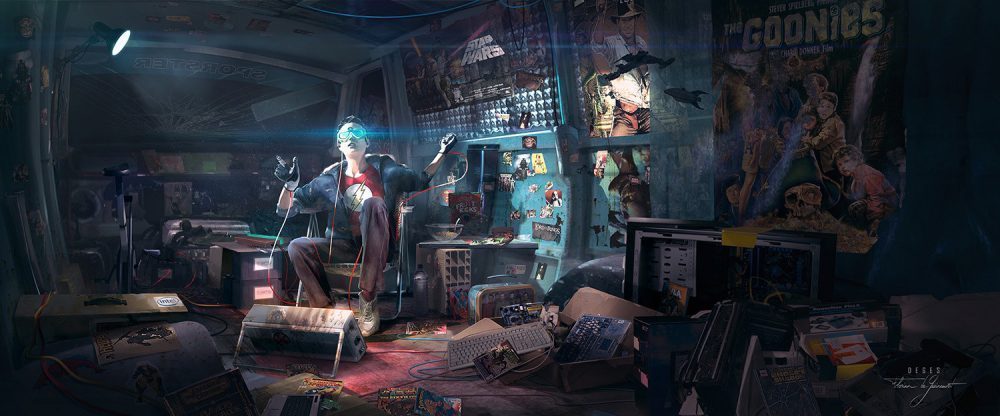Ready Player One showcased both the promise and the pitfalls of our technological future. A virtual world that enables your wildest dreams, on demand, on top of a real world that rots in decay because the virtual one is so much better. All great sci-fi achieves this balance — a healthy observation about what can go right and how right can evolve to wrong.

The core insight of science fiction is that all technologies live on a spectrum of good and evil, useful and harmful, and our perception of their place on that spectrum vacillates over time. It’s a truth that we’ve long known innately but are now being forcefully reminded of in our real world. In just the past couple months, we’ve dealt with major Facebook data privacy issues, multiple self-driving car accidents, and increasing discussion about smartphone addiction. These technologies that were largely accepted, if not embraced, have turned on us. Perhaps it’s more correct to say we turned on them.
All technologies live on a spectrum of good and evil, useful and harmful.
So, what is it that turns technology from good to evil in our eyes? It seems to happen for one of two reasons.
First, in the early adoption phases of any technology, the majority tends to have a healthy skepticism laced with fear. It’s the reason why most people don’t adopt new technology, only innovators. When a new technology has early failings, the skeptical, fearful majority find reason to double down. They feel validation and their skepticism grows, allowing them to make a case for why some new technology is more evil than good; why it should never exist. This creates an even higher hurdle for a new technology to move into the early adoption phase. Autonomous vehicles seem to be living through a mild version of this scenario now. In fact, the discussion about the perils of AI in general also fits here.
Second, in the later stages of adoption when a majority of people use a given technology, consumers tend to view the technology with a dose of fear laced with resignation that can easily flip to anger. When people believe that too much power is consolidated in any endeavor, technology included, there lurks a possibility of revolt. That possibility turns to reality when power is perceived to be abused and anger takes over. Evil is perceived to outweigh good, and people question whether they want to continue to engage in using the technology. Facebook is living through anger-driven revolt now. You could argue that the firearm debate also fits in this category.
If a technology avoids the anger phase for a long enough period, it can move into a stable acceptance of the good and the bad. An example might be the car, which enables large scale movement of humanity and suburbanization, even though over a million people die every year in car accidents and gasoline-powered cars pollute the environment. The Internet fits here too, even if the smartphone as an extension of the Internet does not yet. Apple is doing all it can to demonstrate its respect of the power it wields in bringing highly addictive Internet services to everyone, all the time.
Just as Viktor Frankl observed that, “No group consists entirely of decent or indecent people,” no technology is purely decent or indecent; none is purely good or bad, which are human judgements anyway. The lesson from Ready Player One as well as our situation today is that we should always be willing to accept good with evil as it comes to technology. We should think about what all technologies will mean to humans first, not how exciting the technology is or how much money it could make or some other measure about what the technology could do. Our guiding light should be to ask, “How sure can we be that this technology will improve human life?” If we can’t get comfortable with that answer, we should be prepared to revolt. If we can get comfortable with it, we should be prepared to accept.
Disclaimer: We actively write about the themes in which we invest: virtual reality, augmented reality, artificial intelligence, and robotics. From time to time, we will write about companies that are in our portfolio. Content on this site including opinions on specific themes in technology, market estimates, and estimates and commentary regarding publicly traded or private companies is not intended for use in making investment decisions. We hold no obligation to update any of our projections. We express no warranties about any estimates or opinions we make.
